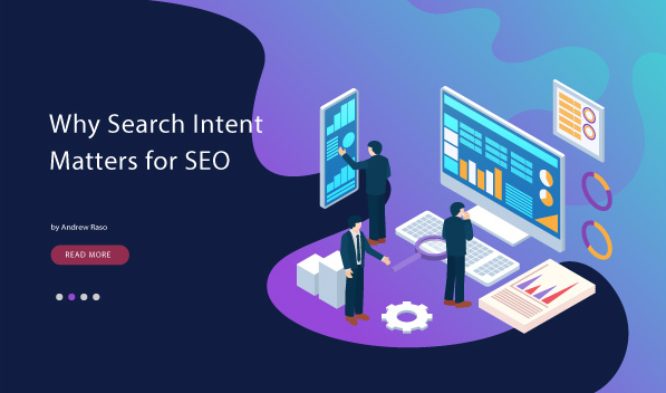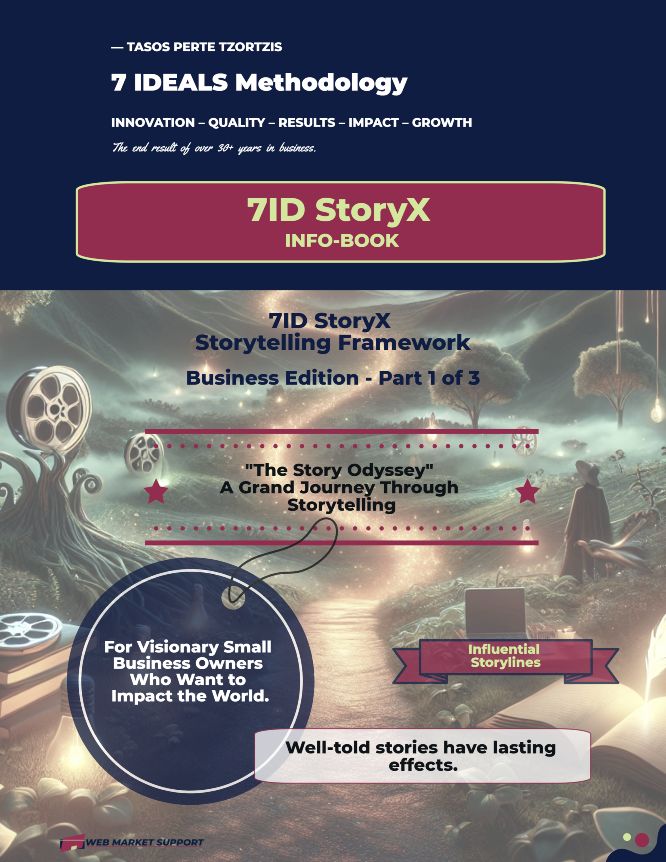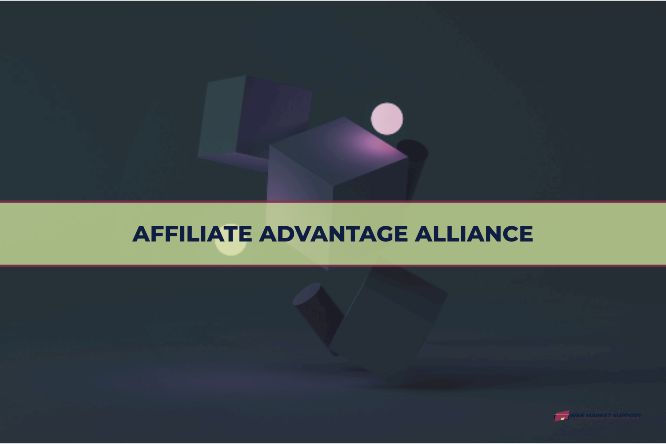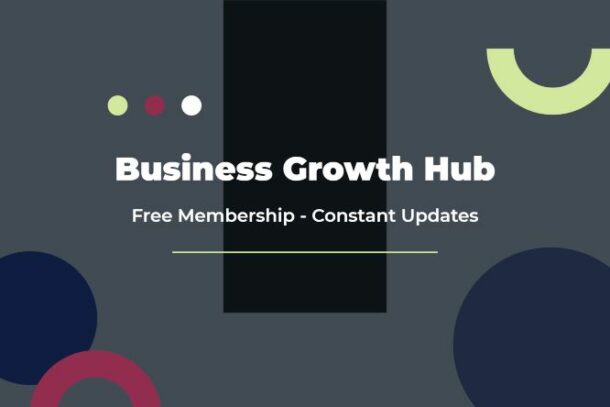Internet users conduct searches to find out relevant information about their search query. Matching the user search intent helps a business in driving such leads to the relevant content on the web page. For attracting relevant leads to the business with the help of search engine optimization (SEO), one needs to optimize the content according to the search intent.
In this article, we would be discussing search intent, why it matters and ways to optimize the website to match the user search intent.
Why Search Intent Matters for SEO
What is Search Intent?
Search intent is the reason why users search online. The reason behind a search is what search intent is all about. The search intent of the user has become one of the major factors in determining the SEO ranking of a website.
In the last few years, Google has been better able to determine the user search intent. Google ranks those pages higher that fit the search term and also matches the search intent of a search query. This is the reason why a page or post needs to fit with the search intent of the audience.

Illustration by FreePik
How to Optimize for User Search Intent
To optimize a website for search intent, a business needs to analyze the SERPs in detail. Search intent can be optimized by following the below steps:
Step 1: Check the ‘SERP reliability’
Google rankings change over time. It can be a problem to rely on the current top-ranking pages for finding out the search intent. This is because the top-ranking pages keep on changing every few days or weeks and relying on them might not give you the right search intent. It would be a good idea to check the ranking history of the target keyword.
Step 2: The content should align with the “3 C’s of search intent”
After you know the clear search intent of the user, you should analyze the search results for the 3 Cs of search intent. These are:
1. Content-type: The type of content in the search results needs to be considered. This is generally a blog post, category page, product page or a landing page.
2. Content format: The next one is the format of the top-ranking pages. Common formats include step-by-step tutorials, reviews, list posts, comparisons, opinion pieces and so on.
3. Content angle: This is the unique selling point of the high-ranking pages and posts. It provides an insight into what the searchers value while searching.
Step 3. Take hints from top-ranking pages and search results
One needs to analyze both the top-ranking pages as well as SERPs to target a particular keyword. This way, you would be able to understand what the users expect and what your content needs to talk about.
Types of Search Intent
Before you can optimize the search intent, it is important to understand the types of search intent. There are four different types of search intent. These are as follows:
- Informational intent: When users search for a particular term or topic to gain more information about it, the search intent is ‘informational’. This can be about anything, such as education, weather, SEO, etc.
- Navigational intent: This is when people want to get to a specific website by searching for it. For example, most of the people who search for Twitter want to go to its website.
- Transactional intent: The transactional intent is when people want to buy a product or service on the internet and thus, search the web to find it before completing their purchase.
- Commercial investigation: The fourth type of intent, i.e., commercial intent is when users want to buy a product or service shortly and are doing their research about it. Such users also need more time and convincing.
3 Tips on Why Search Intent Matters for SEO
Search intent is the main reason why users search for something online. Since Google has got smarter, it is time to shift focus on user experience and provide the search results that fulfill user intent.
Search intent also matters for enhancing the SEO of your website.
Three reasons why the users’ search intent matter for an SEO campaign are:
1. It fulfills the needs of the users
Matching the search intent fulfills the needs of the users. It helps them in getting access to the information that they require. This way, your content would also rank higher on search engines and more people are likely to see and engage with your content. This would increase traffic to your website and help in improving the SEO ranking of your website.
2. Potential leads go to a single source
Providing users with information that is related to their search intent is a great way to ensure that the users come to your website directly. Having complete information on your website would make sure that the users do not have to go to multiple websites for getting the complete data.
Also, when users stay on a website and engage with its content, it boosts the ranking of the website on search engines. With an improvement in SEO ranking, your business is sure to get more potential leads and a higher conversion rate.
3. It boosts brand awareness
Relevant content can rank your website higher in the SERP and drive a greater number leads to your website. This will also result in more visitors spending time on your website and getting to know your brand. With more visitors learning about your brand, your brand image would improve over time and users are sure to choose your brand over the competitors.
Conclusion
Search intent is one of the most important ranking factors in SEO. If your business fails to give the users what they want, chances are that your SEO ranking would be majorly affected.
Thus, ensuring that your website and the content meets the user search intent is a great way to boost your SEO campaign.

Andrew Raso
Digital Marketer
Andrew is the CEO and one of the founding members of OMG Digital Marketing Company in Australia. He has a long illustrious career in the SEO and SEM industry and has written for many prestigious websites















0 Comments